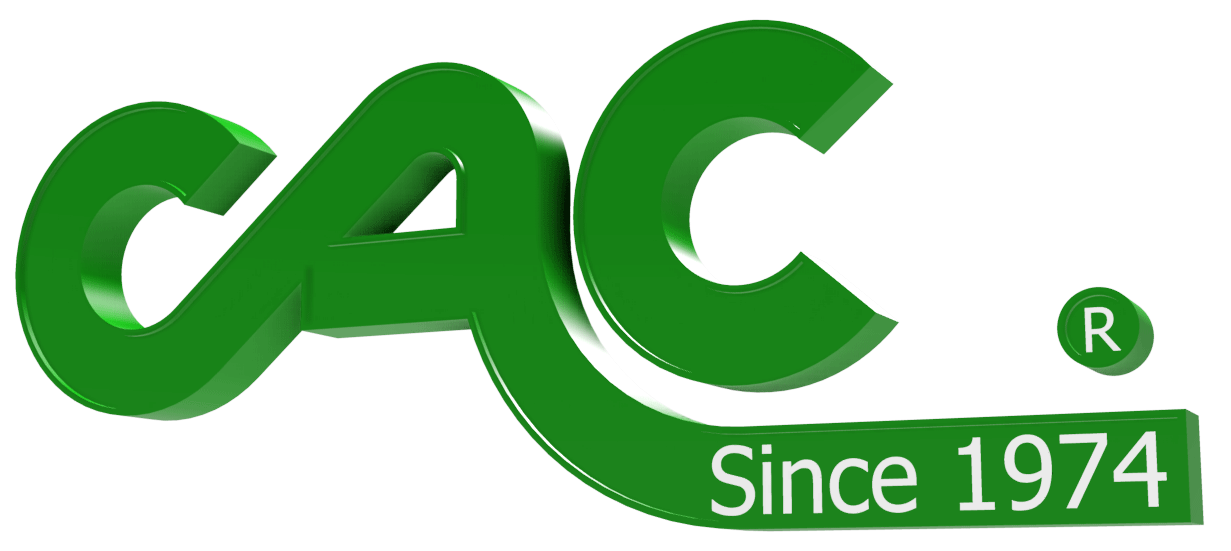Idler Rollers | |
|
Every converting machine uses idler rollers to route film, foil, paper, textile or nonwoven webs though the laminating, slitting, coating, printing, drying, metalizing, inspecting, unwinding, rewinding or any other web processing application. Idler rollers may seem like a simple component of the process. However, there are many factors to consider when specifying how idler rollers are manufactured. Specifications like: Live shaft or dead shaft? Live shaft includes a roller face with journals that turn WITH the roller face. Bearings are mounted externally to the outside of the journals. Dead shaft includes bearings mounted in the roller face itself, where the center (thru) shaft is mounted rigidly (does not rotate). The roller face turns on the bearings, while the thru shaft does not rotate Dead shaft has less mass than live shaft so momentum and inertia are less. Bottom line, dead shaft idler rollers can be easier to turn - good for light web tension applications. Materials of construction for the roller face, typically aluminum, steel or stainless steel. Thru shafts are typically steel or stainless steel. Aluminum is seldom used for thru shafts because its beam strength and hardness is approximately 1/3 of steel. Bearings can be had in steel or stainless. What type of bearings do you require? Shielded, sealed? Low friction? Shielded and sealed bearings work well for applications involving contaminants, but may not turn as freely as their low friction counterparts. Low friction bearings are perfect for low web tension applications. Rollers, even with machined surface will have some taper (shape) to them. What is acceptable for your application? Typically, thinner, delicate webs require less taper where thicker, more stable webs require a less stringent taper specification. Total indicated runout (TIR) is a concern for most applications. What is an acceptable amount of TIR for your application? The more TIR your rollers have, the more tension fluctuation, machine vibration and web wrinkling will occur. Balancing can be critical to machine performance and web tension control, as well. Rollers can be supplied unbalanced, statically balanced or dynamically balanced. Dynamic balancing is best for high-speed applications. Roller finish. Do you require a turned surface, usually around 32Ra smoothness or do you require a ground finish with a much smoother designation? Is your web sensitive to being marked or scratched? This is where smoothness specification is important. Rollers can be machined with patterns, like grooves or knurls to assist where webs have a tendency to slip on the roller face. Coatings like rubber, Teflon, plasma, chrome are all available where required for specific applications. Plasma coating is an excellent coating for release properties.  Jeff Damour | |
|
**DISCLAIMER - A great deal of time has been invested in the development of our weekly tech tips. To the best of our knowledge, they are accurate. It is up to the user to verify all results. THE AUTHOR ASSUMES NO LIABILITY CONNECTED WITH THE USE OF THIS INFORMATION OR THE RESULTS OBTAINED FROM IT. | |






